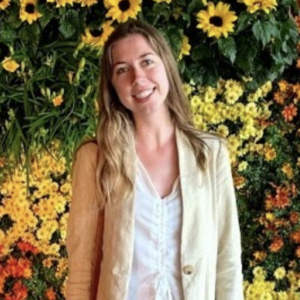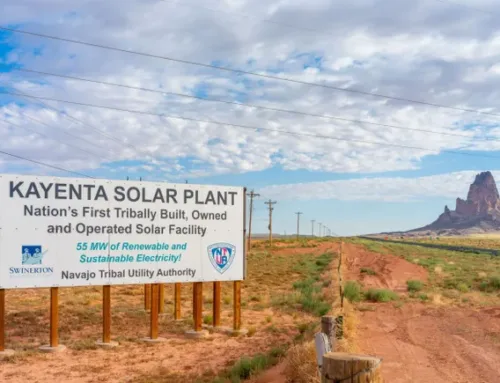Innovative Approaches to Dual-Purpose Solar
April 3, 2025
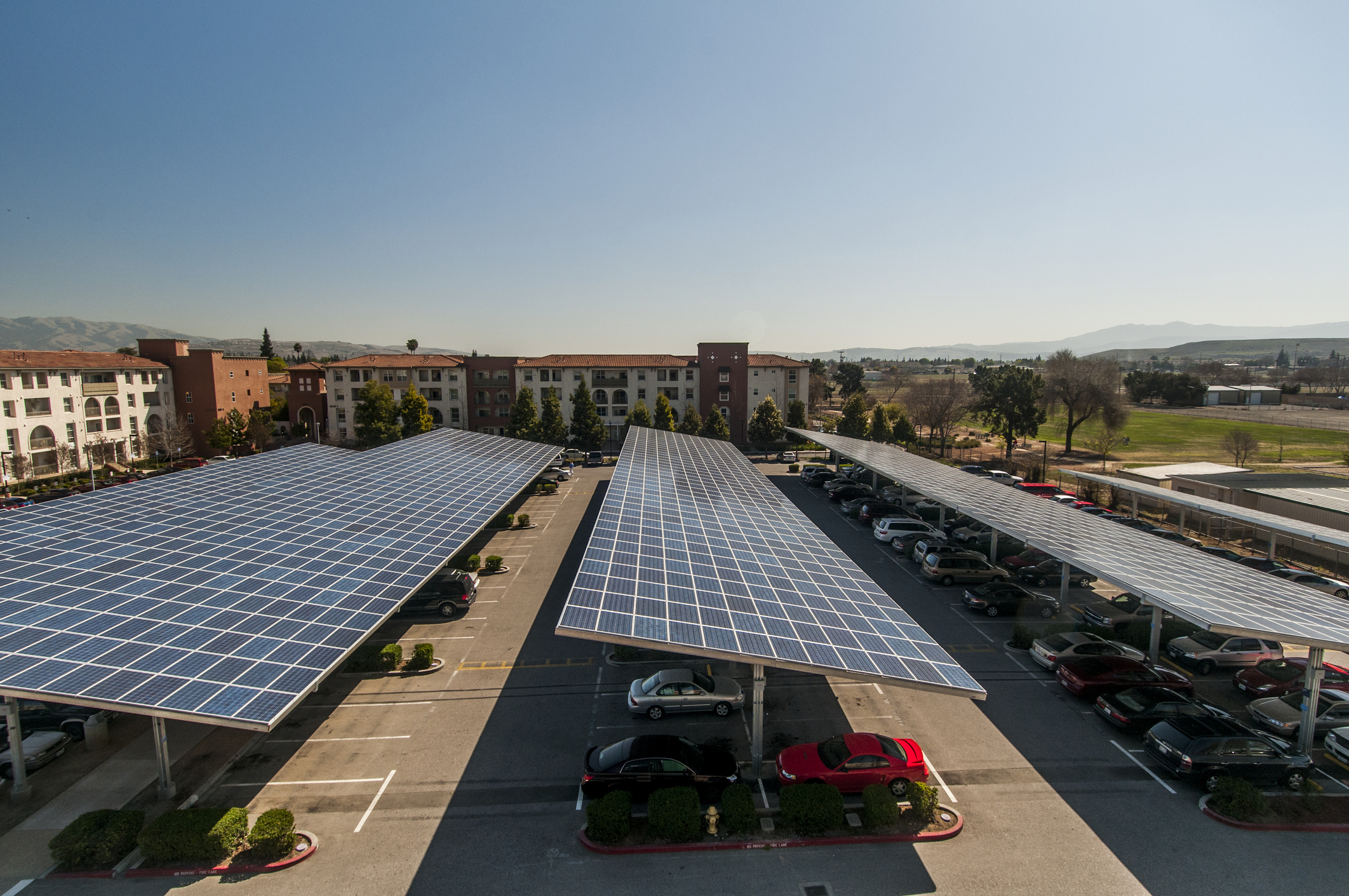
Generating energy from renewable sources—such as solar and wind—will help the U.S. become more self-sufficient in energy production while lowering its energy costs. Solar energy has become one of the most mature industries within renewable energy in the last ten years, with costs decreasing and efficiency increasing.
One of the major concerns with widespread solar development is balancing other land-use needs, like housing and food production. The good news is that solar does not have to be the sole or even the primary land use; in fact, it can be integrated with other infrastructure and nature solutions to have multiple benefits. Many local governments, private entities and communities across the country are taking advantage of dual-purpose solar strategies to achieve varied objectives or to realize outcomes with multiple benefits. The examples below highlight some of the innovative dual-purpose solar opportunities.
Finding the right dual use solar application will depend on a variety of factors and desired objectives for your community; below are a suite of options to explore:
The University of Wisconsin–Madison in Madison, WI worked to install solar panels on 20 campus bus shelters.
In Pensacola, FL, the city partnered with the local utility to install “solar trees” in public areas, providing shading at parks and for pedestrians in
San Antonio, TX has installed almost 500 parking spots worth of solar panels across municipal parking lots.
Their commitment to solar energy on municipally owned buildings and land makes them the 5th in the U.S. for installed solar capacity.
Solar carports can also be integrated with electric vehicle chargers, coordinating the investments in electrical infrastructure upgrades and decreasing construction disruptions.
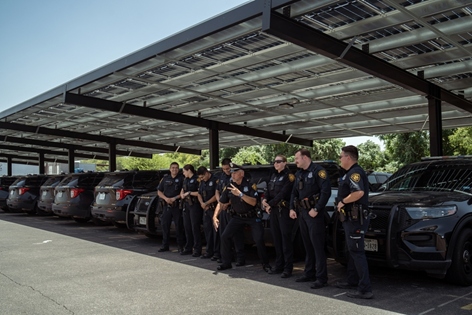
The Nordic Ware factory in St. Louis Park, MN, opted to feature, and not hide, the sleek look of solar panels for a modern aesthetic, as well as avoid costly roof upgrades.
City Hall in Sunnyvale, CA has a striking solar canopy, which provides shading for the sidewalk, building and has 2-way panels to capture ground reflected light.
Multiple facilities across the U.S. utilize solar panels to help prevent excessive water evaporation.
In Healdsburg, CA, solar panels float on top of two wastewater treatment facilities, generating energy and helping prevent the growth of algae. In Arizona, they have erected panels over canals, the first such project in the Western Hemisphere.
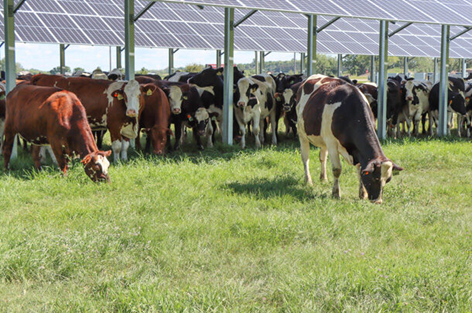
Solar arrays used in conjunction with crop production, habitat enhancement or livestock grazing can be an economically and ecologically attractive option for rural communities.
Agrivoltaics is a hot research topic. It involves studying which crops and cultivation methods work best in dual-use conditions. This includes how panels can provide shade for plants or livestock, such as sheep and cattle. Jack’s Solar Garden in Colorado serves as a model project.
Explore resources and learn how NLC’s Sustainability and Resilience team works with communities across the country to make an impact.
Search
RECENT PRESS RELEASES
Related Post
